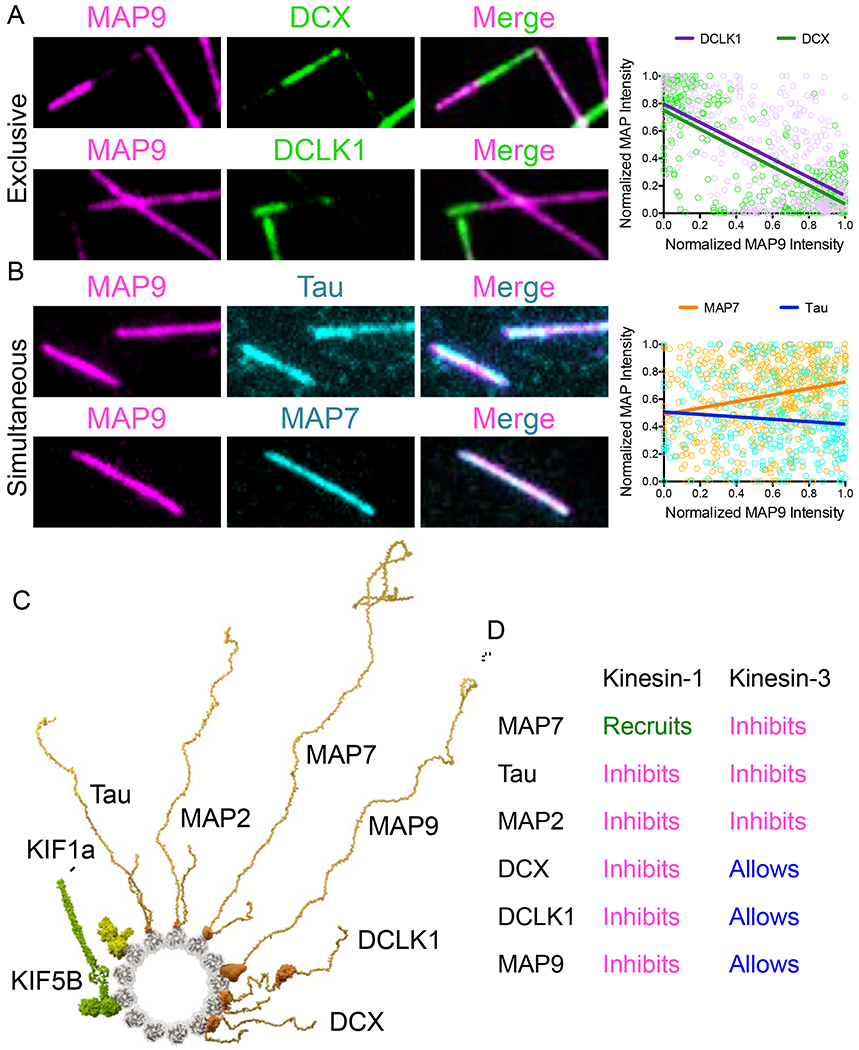Figure 6: MAP9 competes for binding on the microtubule with DCX and DCLK1, but not with tau and MAP7.

(A) TIRF-M images of 50 nM sfGFP-MAP9 and 50 nM mTagBFP-DCX or 50 nM sfGFP-MAP9 and 50 nM TagRFP-DCLK1 show these MAPs exclude each other into homotypic patches on microtubules. Right: corresponding graph displaying individual XY pairs per pixel for MAP9 intensity vs. DCLK1 or DCX intensity on the microtubule, fit with a linear regression. Pearson’s correlation coefficients: −0.609 for MAP9 vs. DCLK1 (n=403 XY pairs from n=10 microtubules, P < 0.0001) and −0.731 for MAP9 vs. DCX (n=323 XY pairs from n=10 microtubules, P < 0.0001). (B) TIRF-M images of 50 nM sfGFP-MAP9 and 50 nM mScarlet-tau or 50 nM sfGFP-MAP9 and 50 nM mTagBFP-MAP7 show these MAPs bind to microtubules simultaneously. Right: corresponding graph displaying individual XY pairs per pixel for MAP9 intensity vs. MAP7 or tau intensity on the microtubule, fit with a linear regression. Pearson’s correlation coefficients: 0.234 for MAP9 vs. MAP7 (n=460 XY pairs from n=10 microtubules, P < 0.0001) and −0.095 for MAP9 vs. tau (n=293 XY pairs from n=10 microtubules, P = 0.106). Image width: 7.0 μm. (C) Minus-end on view of modeled MAPs and kinesin motors bound to the microtubule. KIF5B1-560: motor domains (4hna), dimeric kinesin (3kin), coiled-coil (1d7m) as in Zhang et al. (2012). KIF1A1-393: motor domains (1ia0), dimer based on conventional kinesin (3kin) as in Huo et al. (2012). Tau2N4R and MAP2C: microtubule-binding region based on tau (6cvn). MAP7 and MAP9: plausible microtubule-binding regions via de novo and homology modeling (Buchan et al., 2010). DCLK1: microtubule-binding N-DC1 domain (1mg4), kinase domain (5jzj). DCX: microtubule-binding N-DC1 domain (2xrp). MAPs are shown as full-length pseudo-models, with projection domains and domain linkers modeled as unfolded to convey intrinsic disorder predicted for those regions. (D) Summary table of results: MAPs have distinct effects on different motors.
